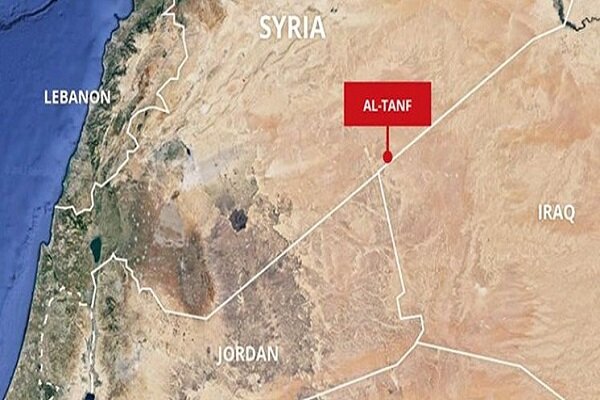RIO DE JANEIRO, BRAZIL – Because the Russian military and Syrian government forces are now attacking bases of the US-led “international coalition” in the country, the first warnings of an “escalation” are already coming.
The Wall Street Journal quoted U.S. military officials saying Russian strikes had targeted the international coalition’s Al-Tanf base in Syria this week. According to the U.S. military, Russian forces have conducted operations against the “international coalition” in Syria this month, and in recent days two Sukhoi fighter jets, among others, have shelled the U.S.-led Al-Tanf base.
Read also: Check out our coverage on curated alternative narratives
The sources added that Russia informed the United States before the bombing that it would respond to an attack against regime forces. According to these sources, the Russian attacks raised Washington’s concern that this could lead to a U.S.-Russian confrontation in Syria.
However, as the Iranian news agency MEHR reports, Moscow warned the Pentagon early on that there would be an airstrike and that U.S. troops should withdraw from there. Accordingly, there was only material damage there, according to the report, at one of the main bases of U.S. occupation forces in the country.
Given the continuing territorial gains by Syrian government forces, which are taking control of more and more territory from terrorist militias and separatist groups (such as the U.S.-backed Kurds), it is only a matter of time before the region around Al-Tanf is also recaptured by Syrian ground forces.
For the U.S. troops there, however, this also means that they will have to withdraw sooner or later or be worn down in the fight with the Syrian government troops.
Syria is now once again in the crosshairs of international attention. This comes against the backdrop of the Russian conflict in Ukraine, tensions between Russia and the United States, and tensions between Israel and Iran. Some new focus is already known, but recent reports indicate a shift in tectonics regarding Syria and raise questions about the next steps.
However, the Syrian civil war caused the regime to rely heavily on Hezbollah, and Iran’s Islamic Revolutionary Guard Corps invaded Syria to support the government. Russia intervened in 2015 at the invitation of Damascus to help defeat Islamist militias (including al Qaeda and the “Islamic State”) supported by the United States, Saudi Arabia, Qatar, and other countries.
After the jihadist militias were largely defeated in 2018, it was Turkey’s turn to step in. During the Thirty Years ‘ War, Syria became what Germany was to Europe – a place where countries intervene and locals pay the price.
Turkish intervention has now destroyed part of northern Syria, ethnically cleansed Kurds, Yazidis, and Christians, and given a massive backing to extremists in Idlib and Afrin. U.S. intervention in support of the SDF has led to the defeat of ISIS in eastern Syria.
Iran has taken areas of influence from Albukamal to the south of Damascus, Deir Ezzor, and tentacles extending to Aleppo and the T-4 base. Russia has forces in Latakia and Damascus. Israel is waging its campaign between the wars in Syria against Iranian entrenchment.
It remains a highly tense situation in which a direct military confrontation between Russia and the United States remains possible.
How will Washington react if a Russian airstrike on “rebel positions” suddenly results in dozens of dead U.S. soldiers?


